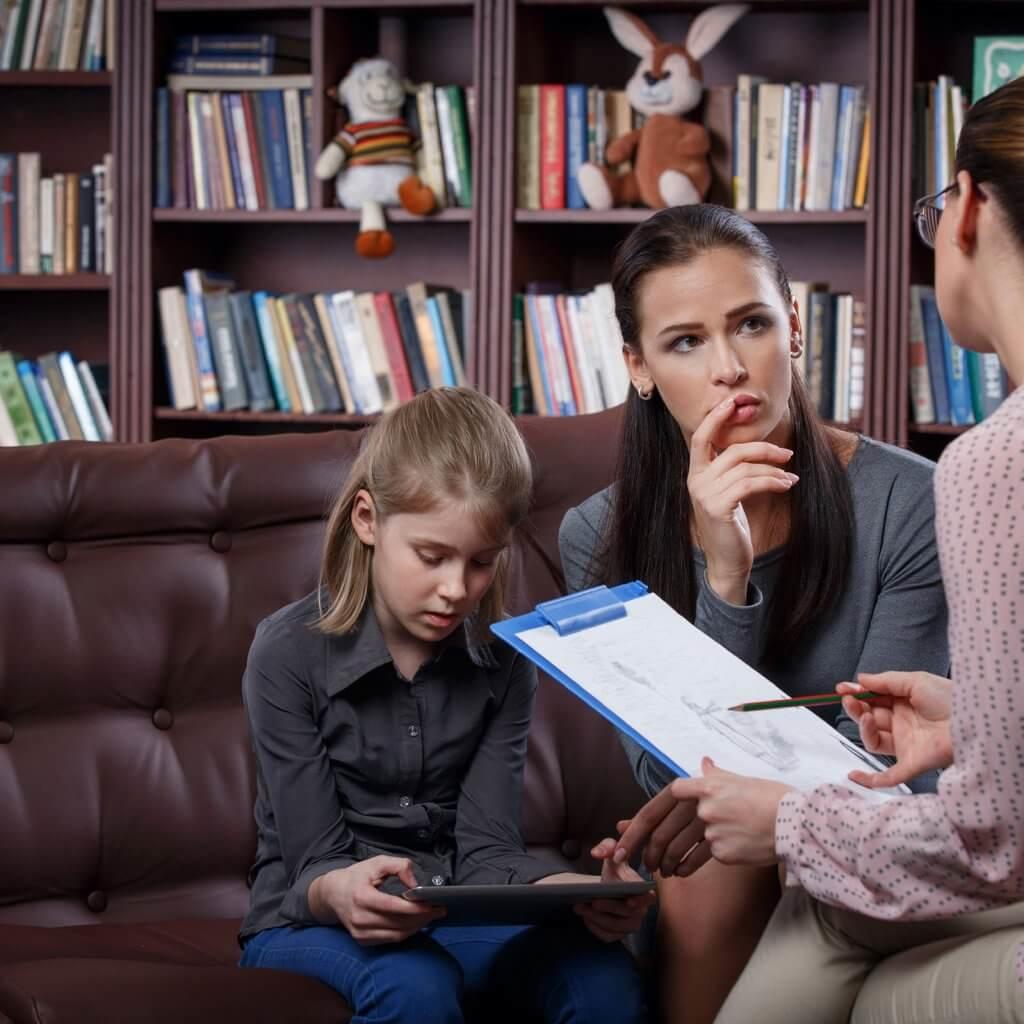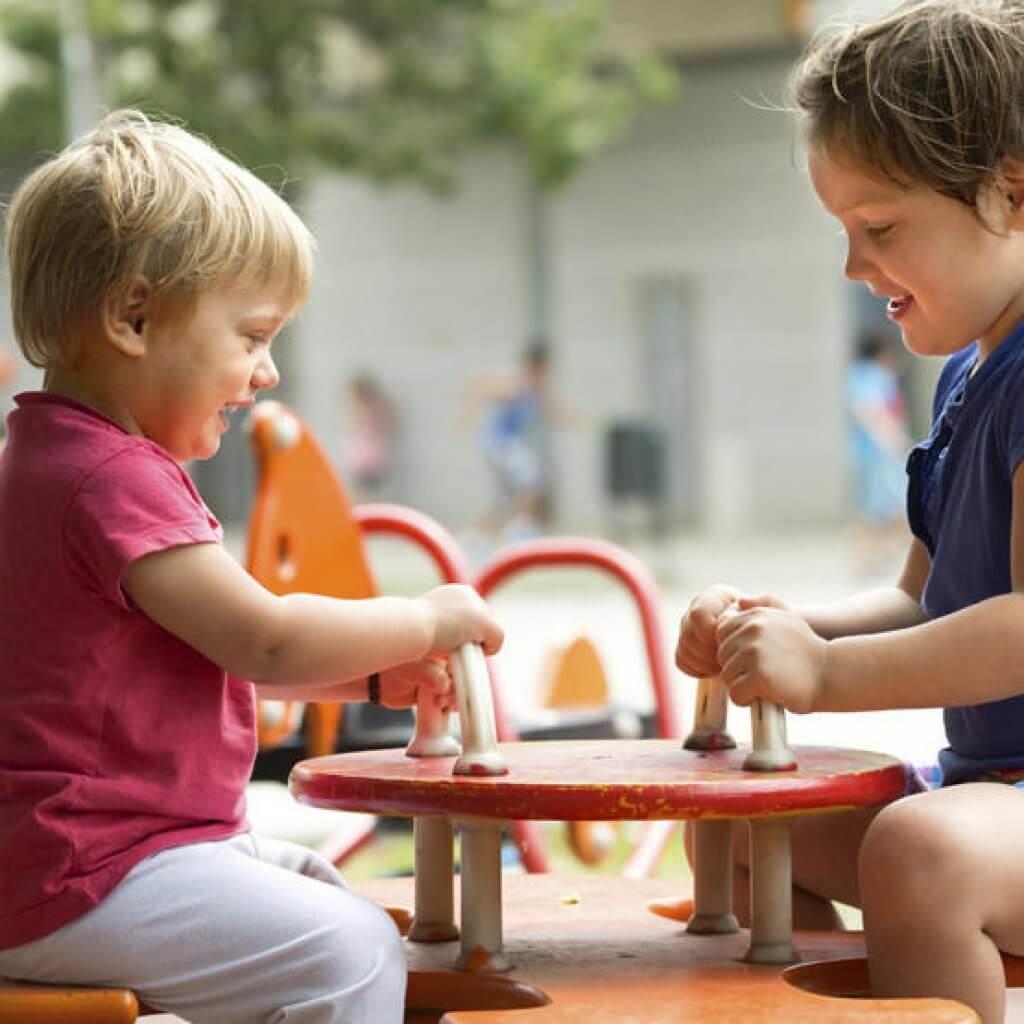How to Include a Quiet Child in Group Activities

If you were a quiet child, or have a quiet child, then you know that it’s sometimes a challenge to get quiet children engaged in a group activity. Forcing a quiet child to step out of his or her comfort zone isn’t a good idea, as it can be painful and embarrassing for a quiet child to be called on or be in the spotlight.
Coercing a quiet child into doing something against his or her will may even backfire, causing a retreat to the shell.
On the other hand, you don’t want to leave this child out of group activities, for risking feelings of isolation and rejection.
So where is the balance? How do you include a quiet child in group activities without upsetting them? How do you help these children shine?
Here are 8 ideas to get you started:
Make Eye Contact

Make eye contact with the quiet child. Not so long that it causes discomfort, but long enough that the child feels noticed and recognized. It’s the first step in creating a rapport with the quiet child.
Ask the Quiet Child for Ideas
Asking a quiet child for an idea regarding the group activity can make him or her feel included in some way, without standing out too much.

Remember to ask other children for ideas too. For example, if the group activity is something like Musical Chairs, you could ask the quiet child to select the next song that’s to be played.
Talk to the Quiet Child Outside of Group Activities
Every child likes feeling special. Saying hi, or smiling, or offering a compliment on a piece of clothing or pair of shoes outside of group activities lets him or her know that you notice them even when they aren’t in a group.

It’s a way of individualizing the child. The quiet child often has hidden talents, knowledge, or skills that they are reluctant to share with others. Mentioning this outside of groups can be a boost to self-esteem, and will seem less blunt when talking about strengths of individuals within the group. Connection between child and adult can add a little courage when it comes time to participate in groups.
Give a Compliment to a Parent of and to the Group
The quiet child may lack self-esteem, or may just be quiet by nature. It’s good to pay a compliment to the child’s parent in the child’s presence, and to the group, while complimenting other children as well. This shows the parent and the group that the quiet child is valued as much as the other children.
 Invite the parent to visit the classroom, either as a volunteer, to bring snacks, or to give a small talk on “career day”. This will be a proud moment for the shy child, and can definitely be something that the children can talk about. If the parent is shy as well, then perhaps an invitation of all parents will do. This way the quiet parent doesn’t feel singled out.
Invite the parent to visit the classroom, either as a volunteer, to bring snacks, or to give a small talk on “career day”. This will be a proud moment for the shy child, and can definitely be something that the children can talk about. If the parent is shy as well, then perhaps an invitation of all parents will do. This way the quiet parent doesn’t feel singled out.
Pair the Quiet Child With a Talkative Child, or a Quieter Child
Pairing a quiet child with a talkative child can help start conversations in the group activity. Take turns appointing the quiet child as leader, then follower.

Then pair the quiet child with a child who is even quieter, and encourage him to lead an activity. Hopefully they will take turns expressing their thoughts verbally and gain confidence when taking part in larger groups.
Play up the Quiet Child’s Strengths

This can be achieved by having the quiet child use his strength by helping others in the group. This could start off on an individual basis, then could be incorporated into a group setting. For example, if the quiet child is a great speller, have him or her help a child who isn’t. And then have the quiet child lead a spelling bee or other spelling game in a group setting.
Seat the Quiet Child With Close Friends

The quiet child may feel more at ease when seated next to close friends, so try to arrange this when the group is setting up. When they feel good about talking in front of their friends, this may lead to more talking with children they don’t know as well.
Use Parallel Play with the Quiet Child
Instead of immersing the quiet child in a full-blown group activity that may be outside of his or her comfort zone, have the child “mirror” this activity in a much smaller group of 2 or 3 children near or next to the group. This can coax the quiet child into joining the larger activity.

Don’t assume that a child is quiet because there is a problem at home, or they are troubled about something. This is just the nature of some children, and it takes an attentive, creative adult to find ways to include them in group activities.
Quiet children have a lot to offer in group activities. They are often sensitive and introspective, and need a little encouragement to join in and blossom. Their participation may be intermittent, and it wouldn’t be uncommon to find him or her slipping back into their quiet place at times, especially in times of great change or distress.
This is of course normal, so keeping the lines of communication open between teacher/adults, the quiet child, and the quiet child’s parents or caregivers is a must. Together the combined effort can bring out the best that this child has to offer.






